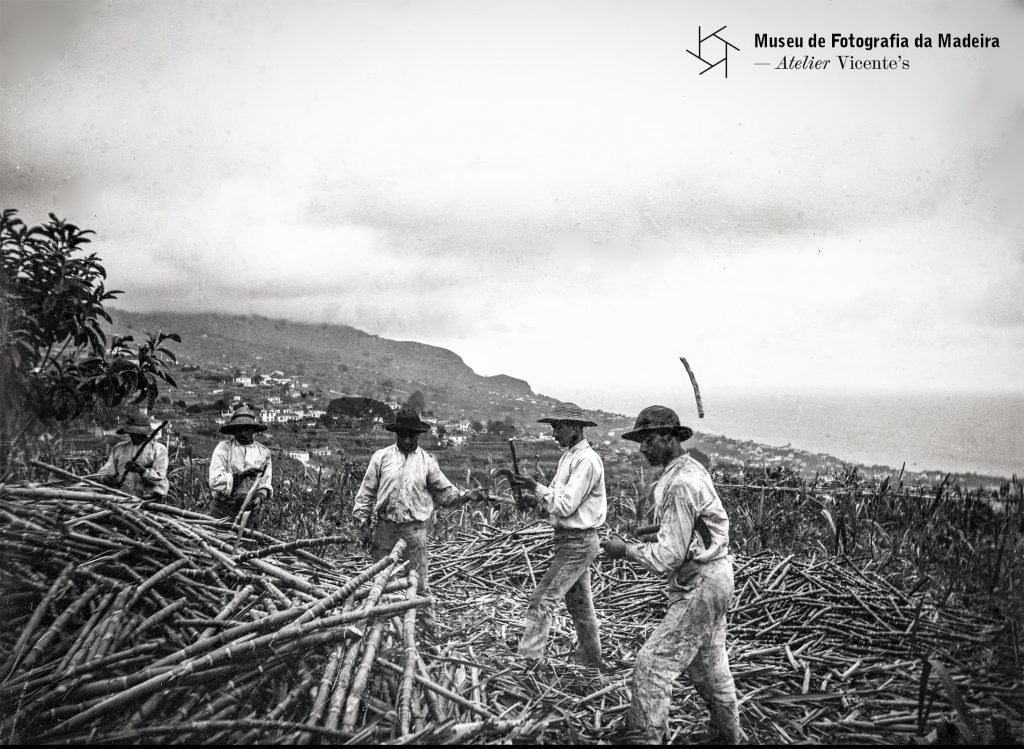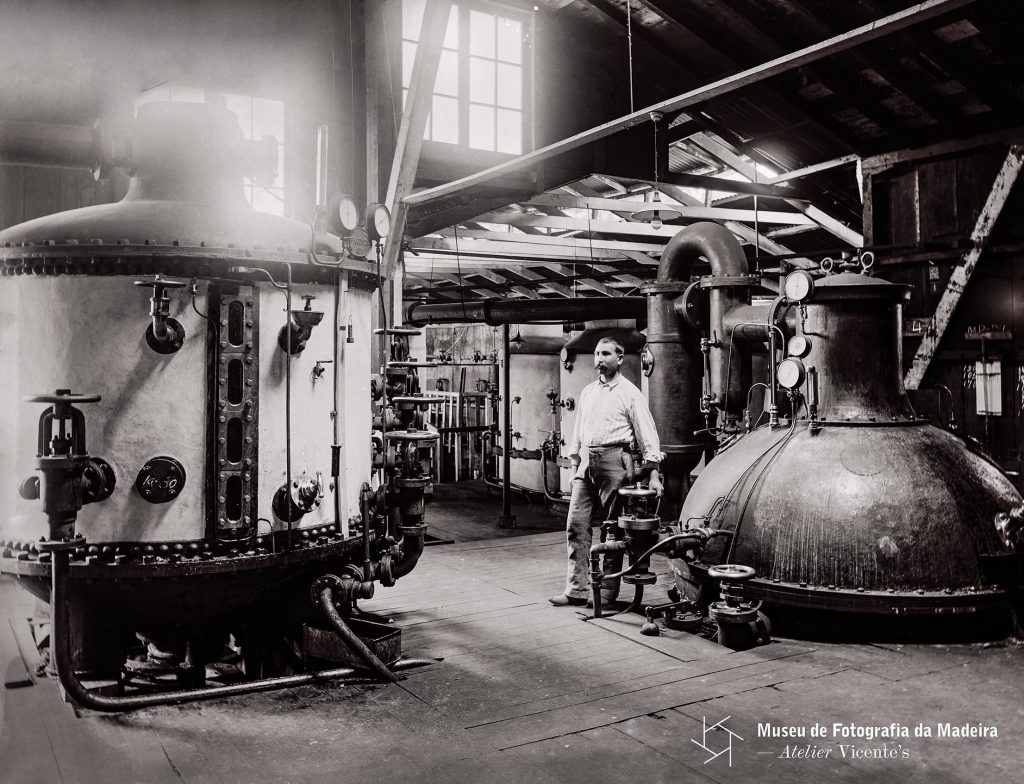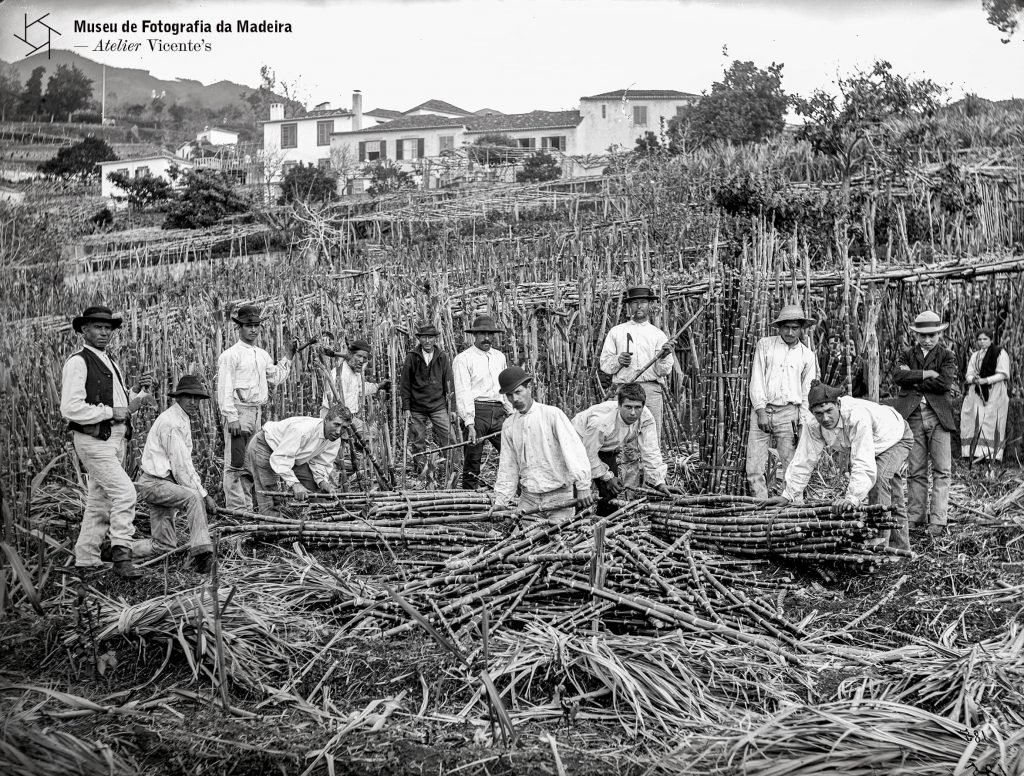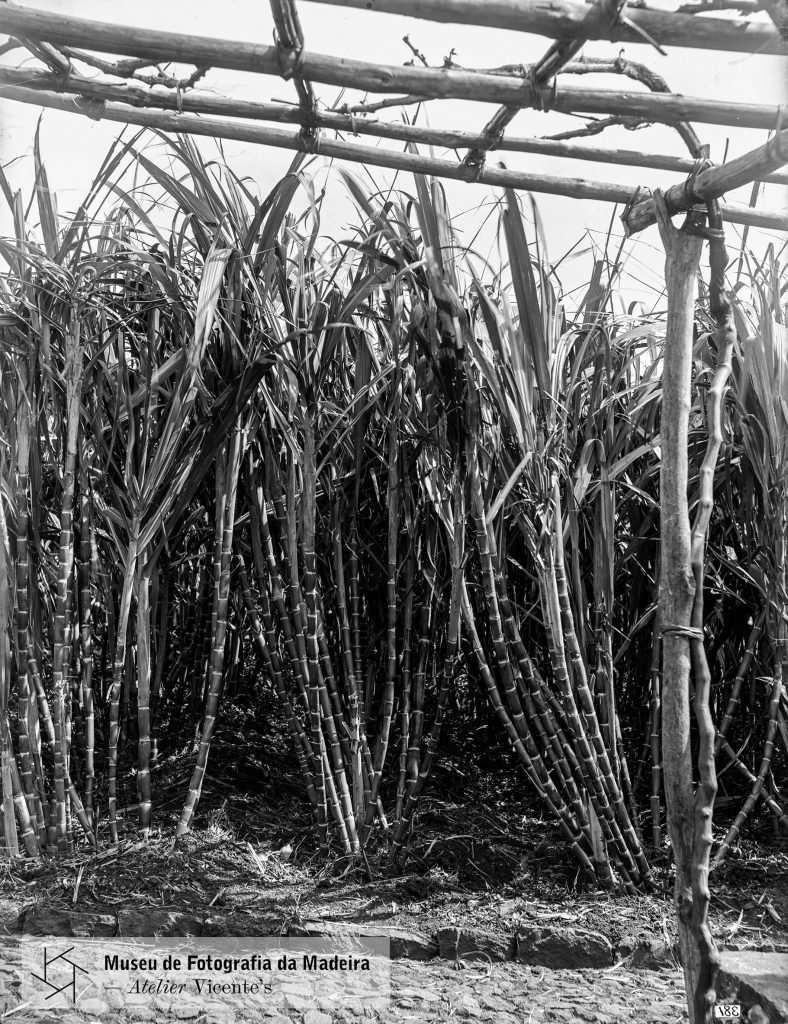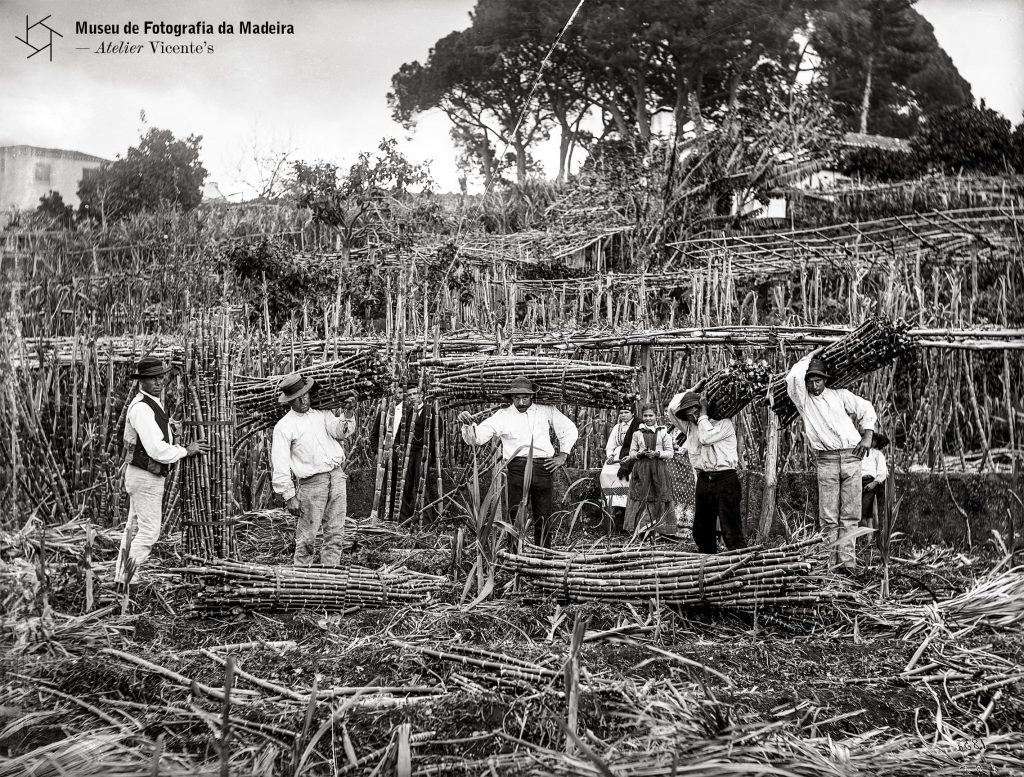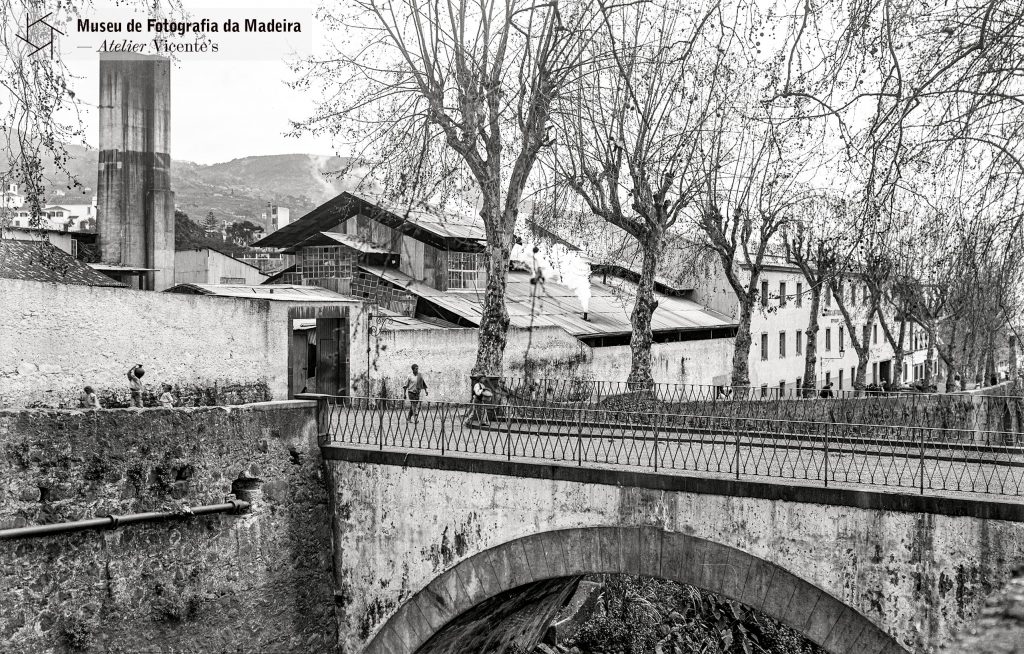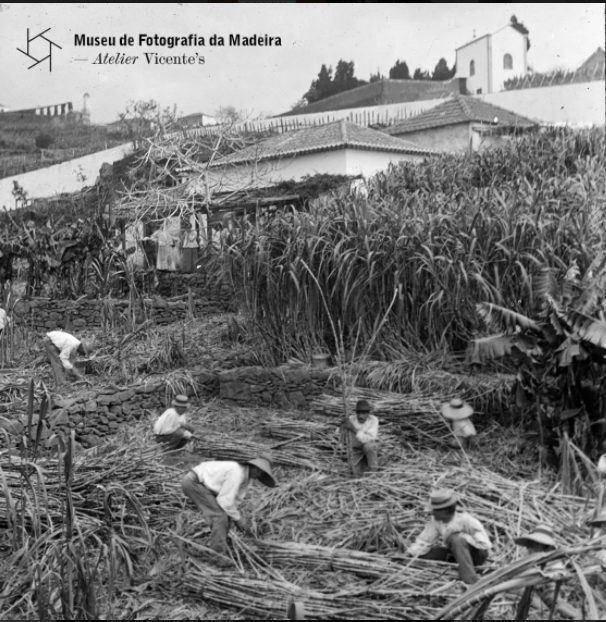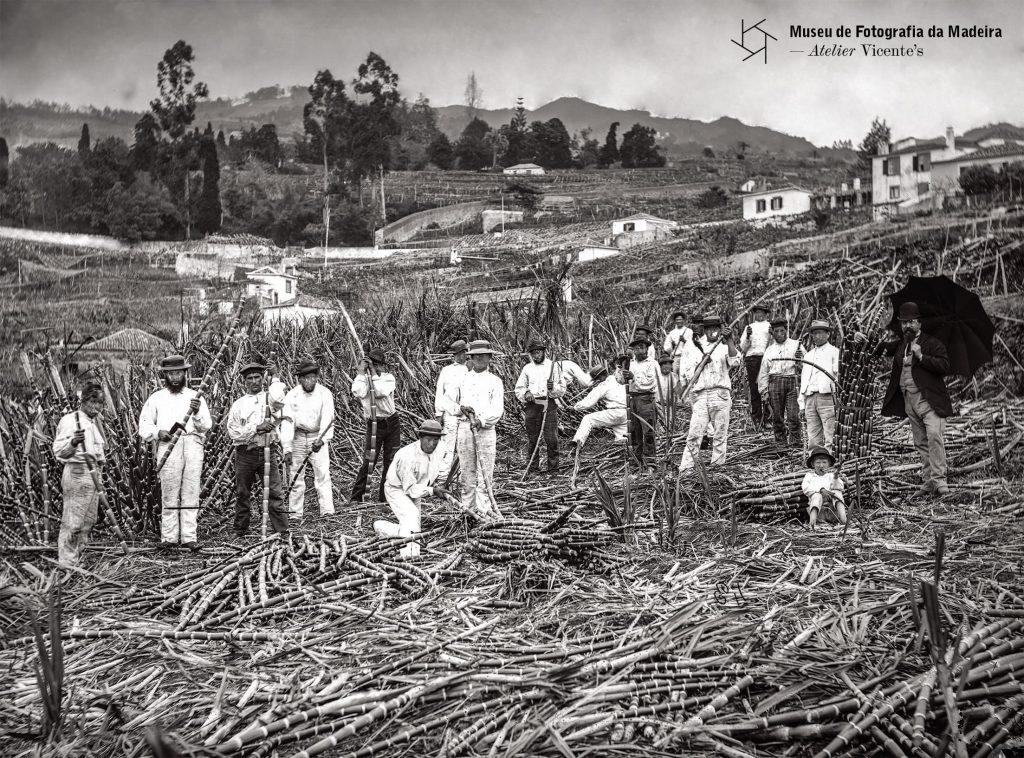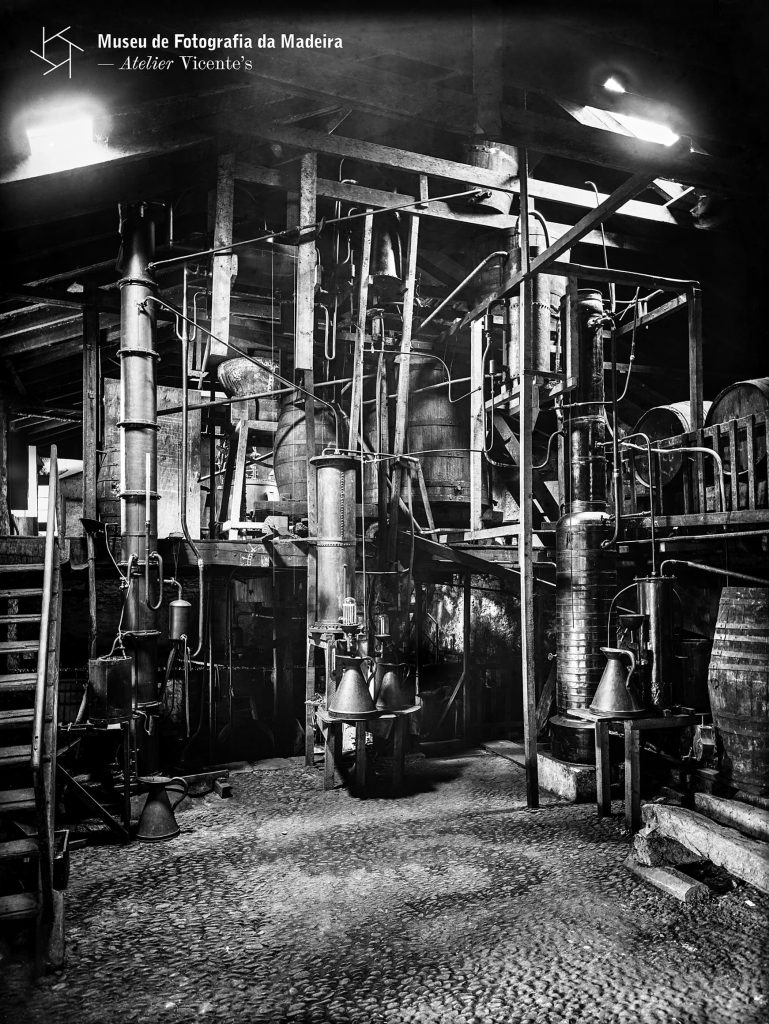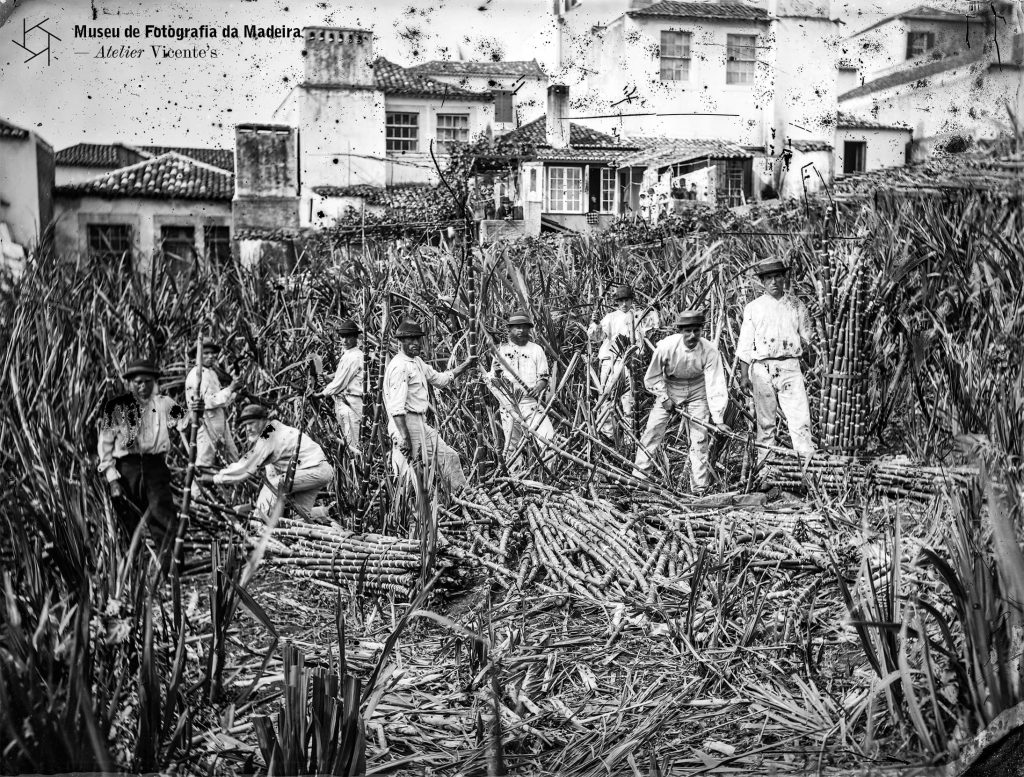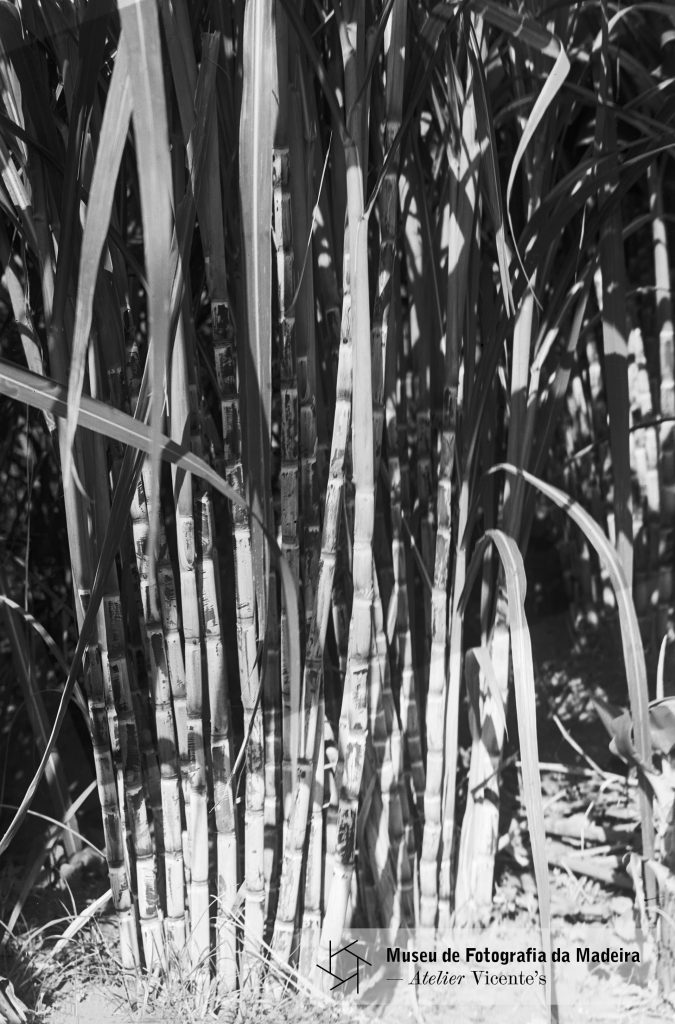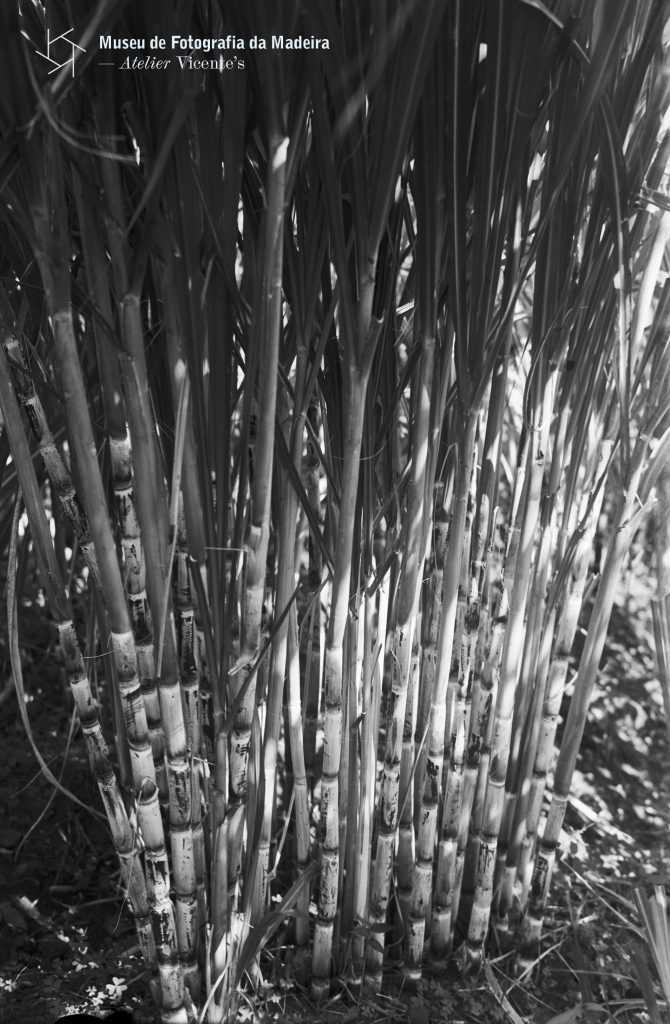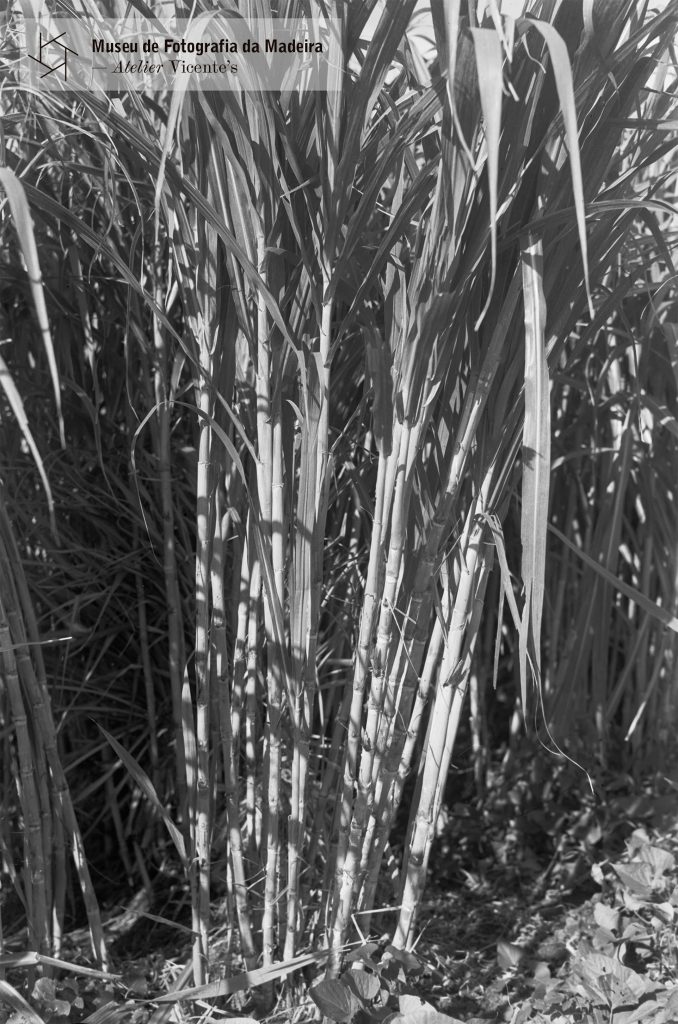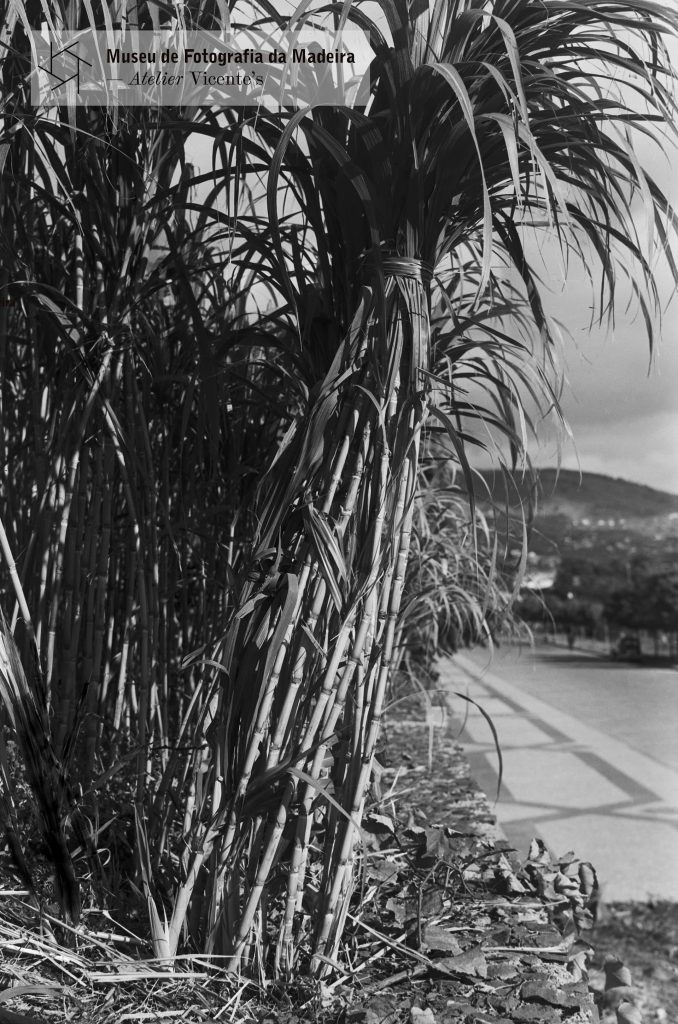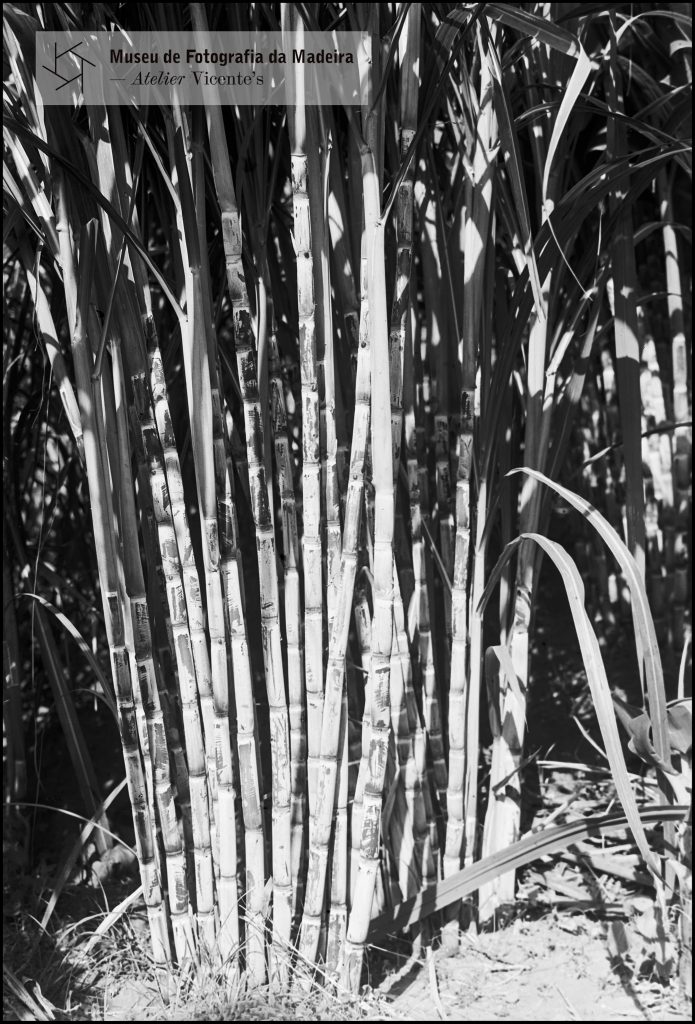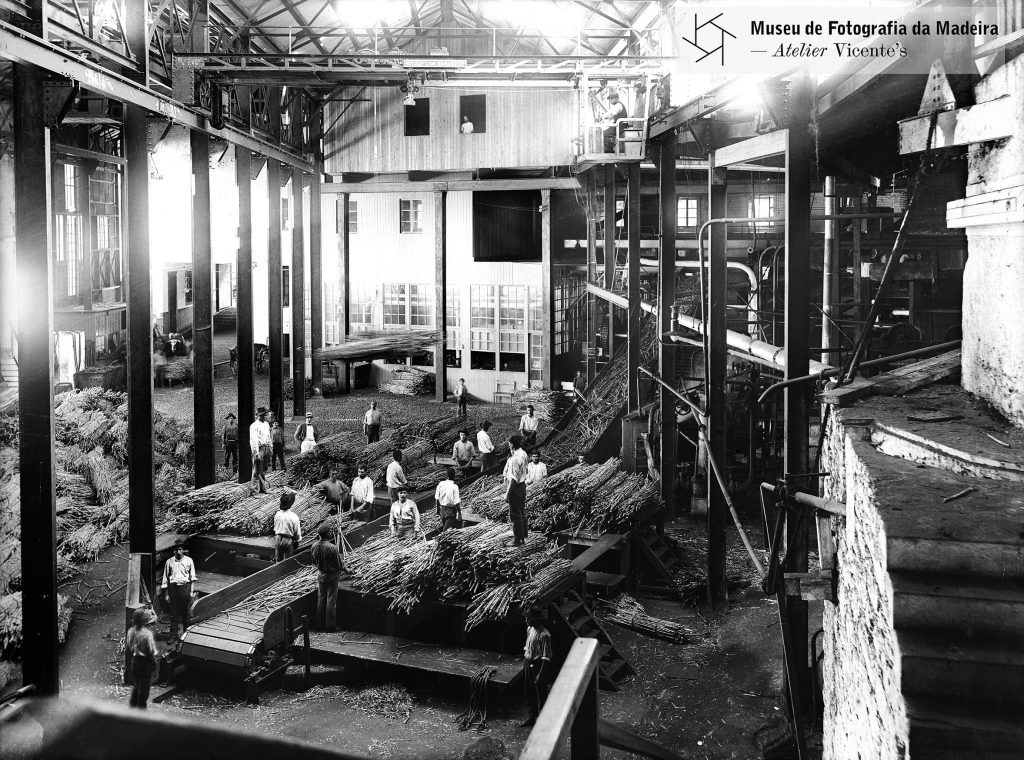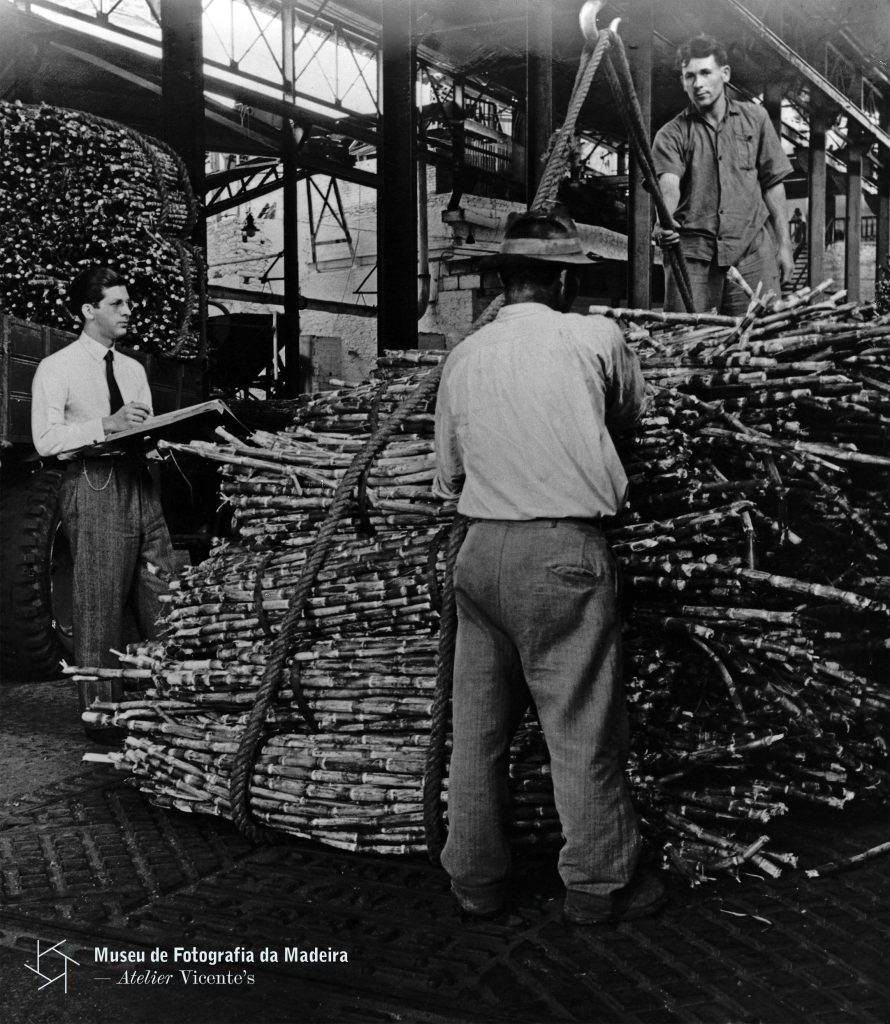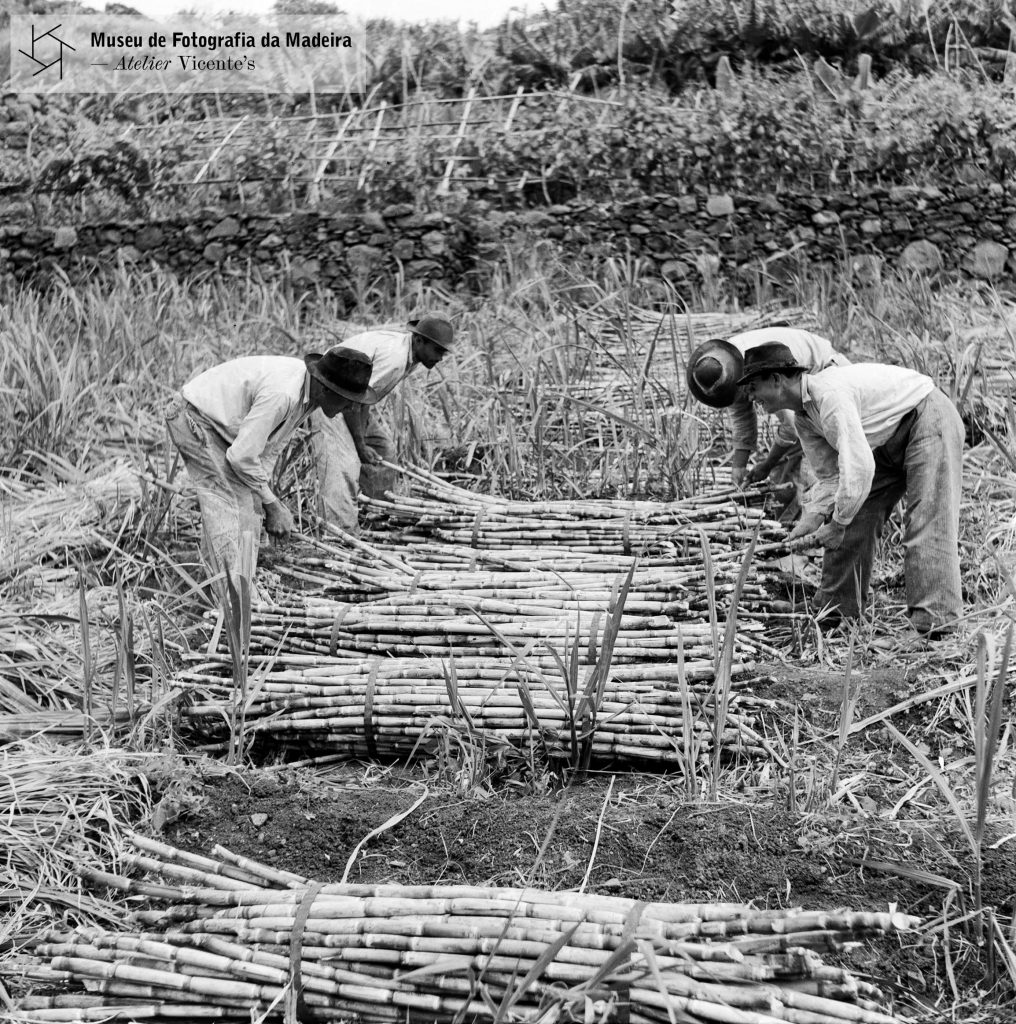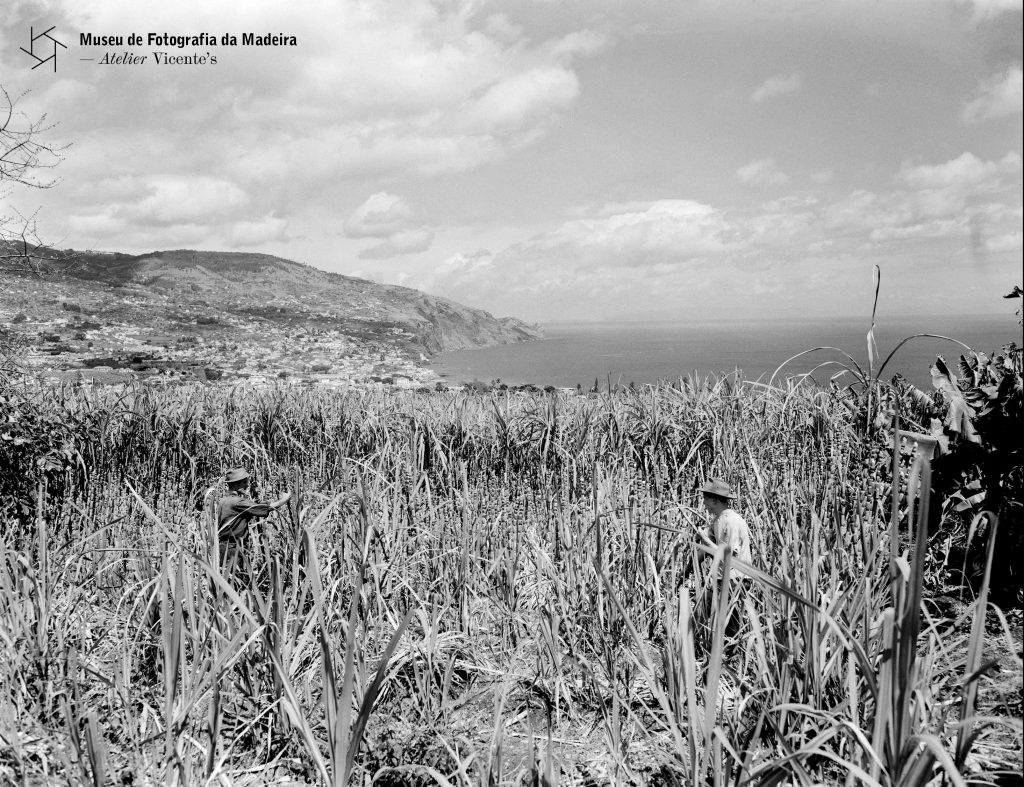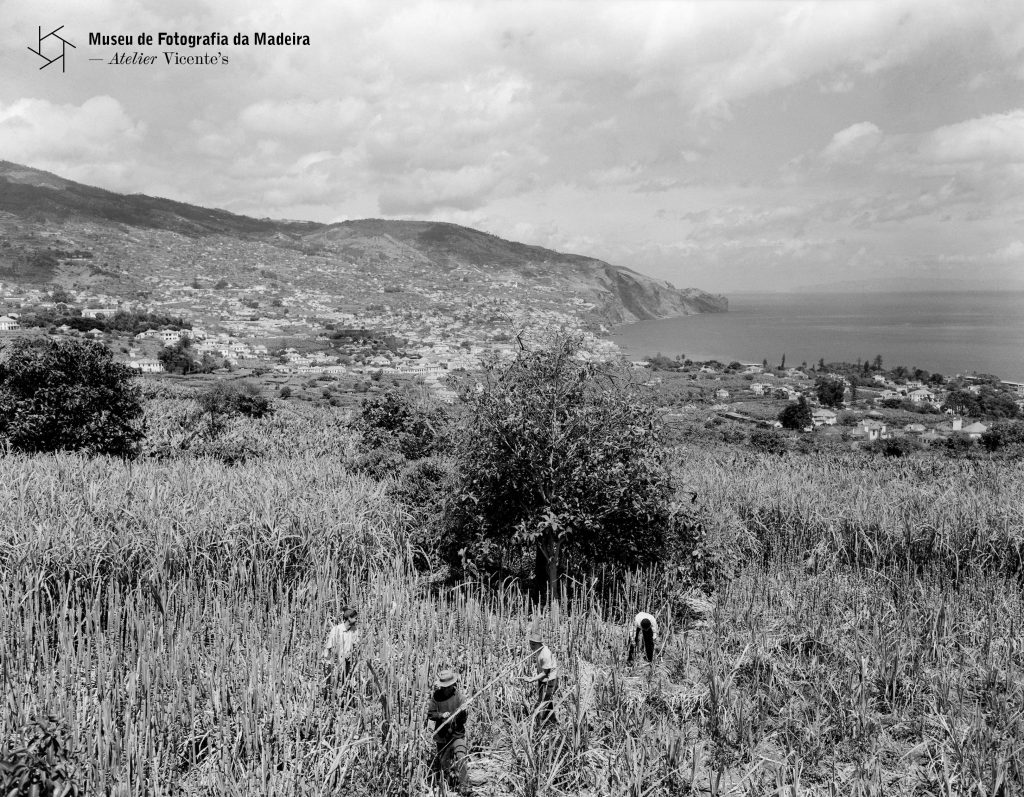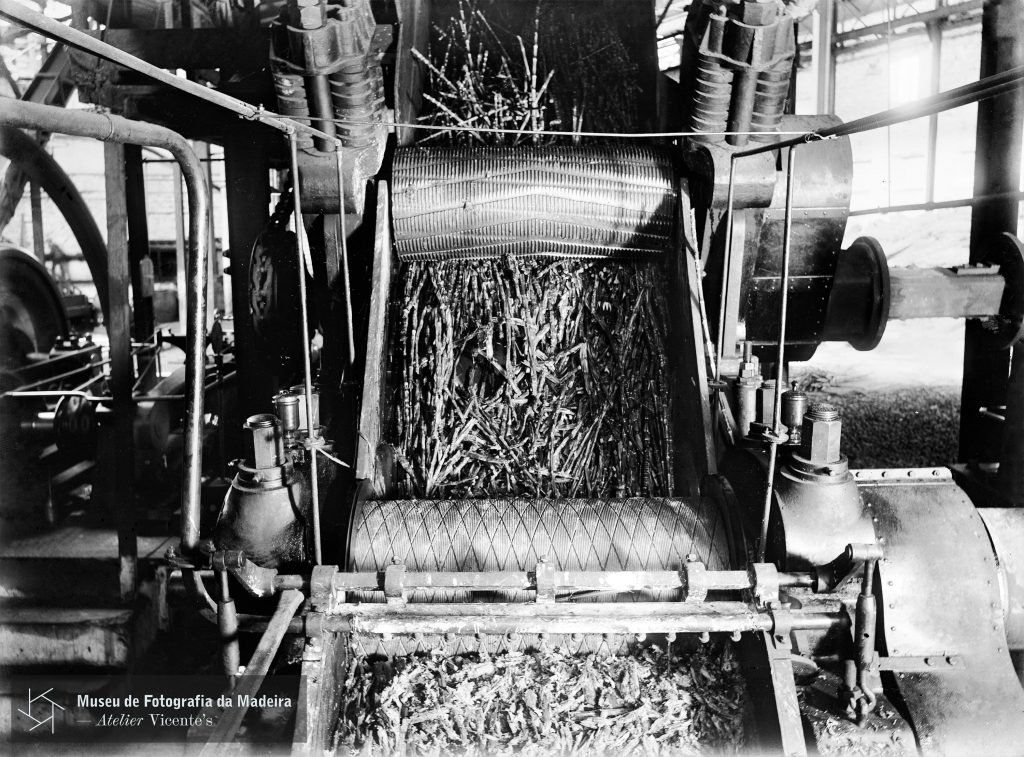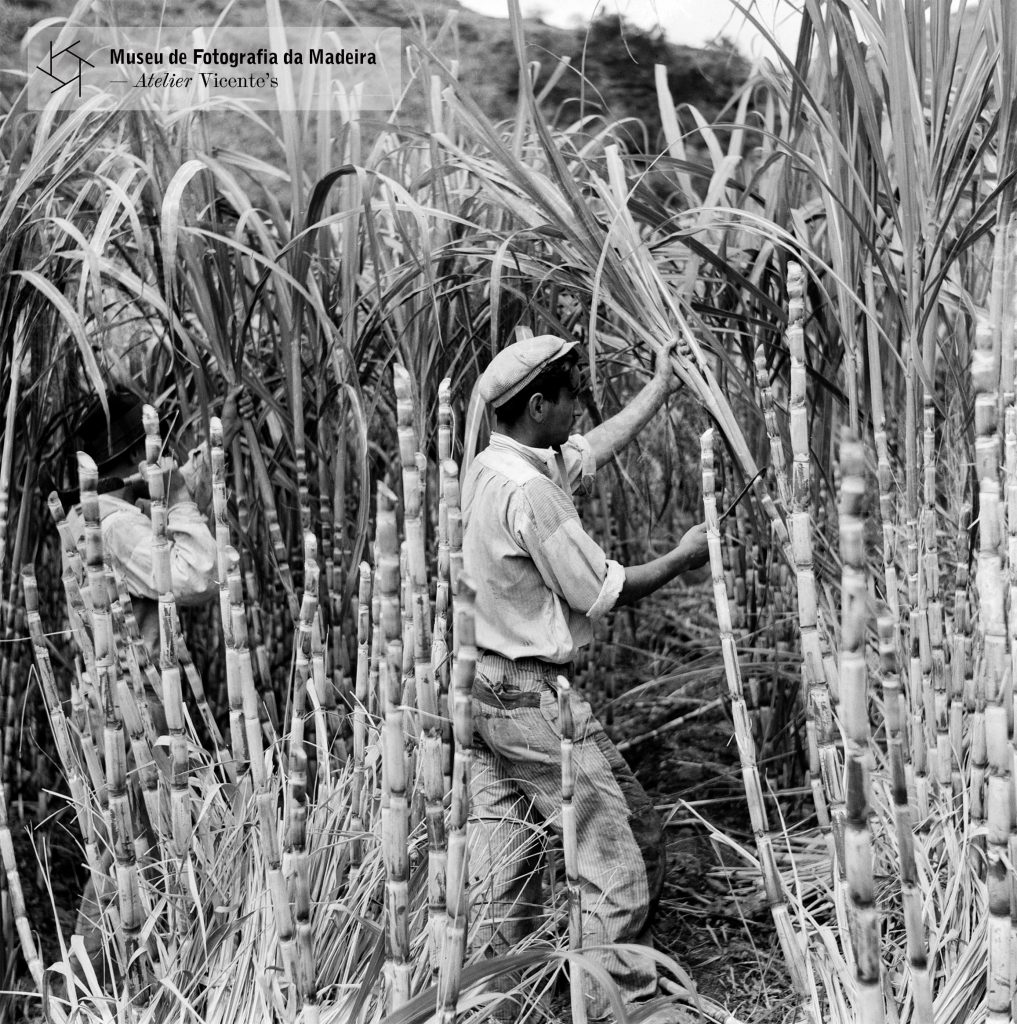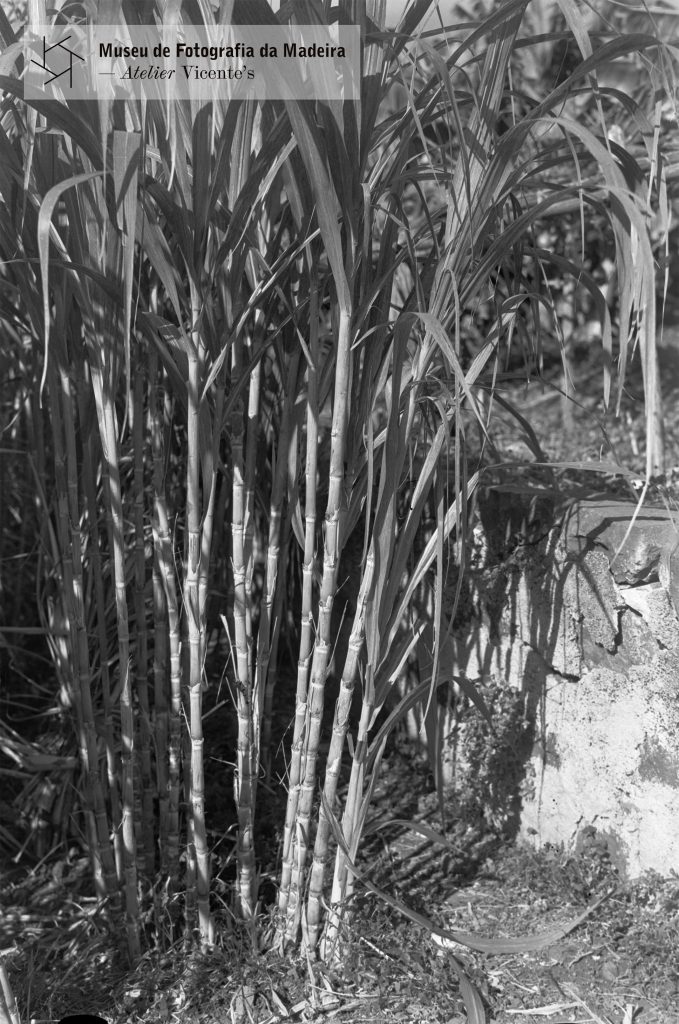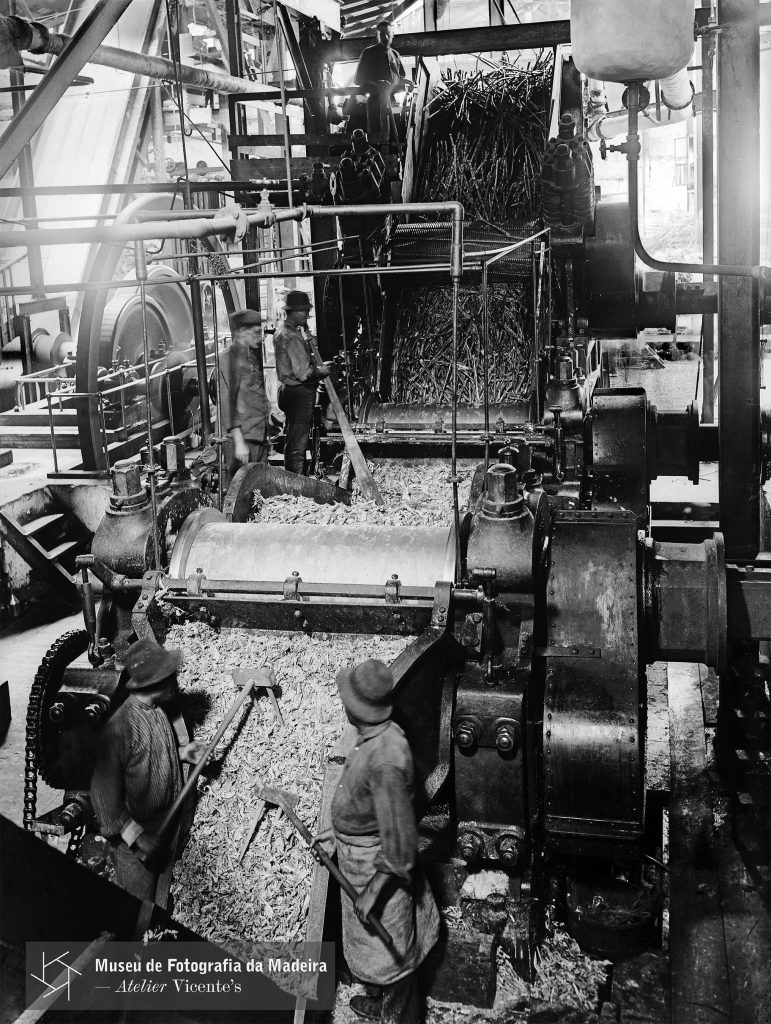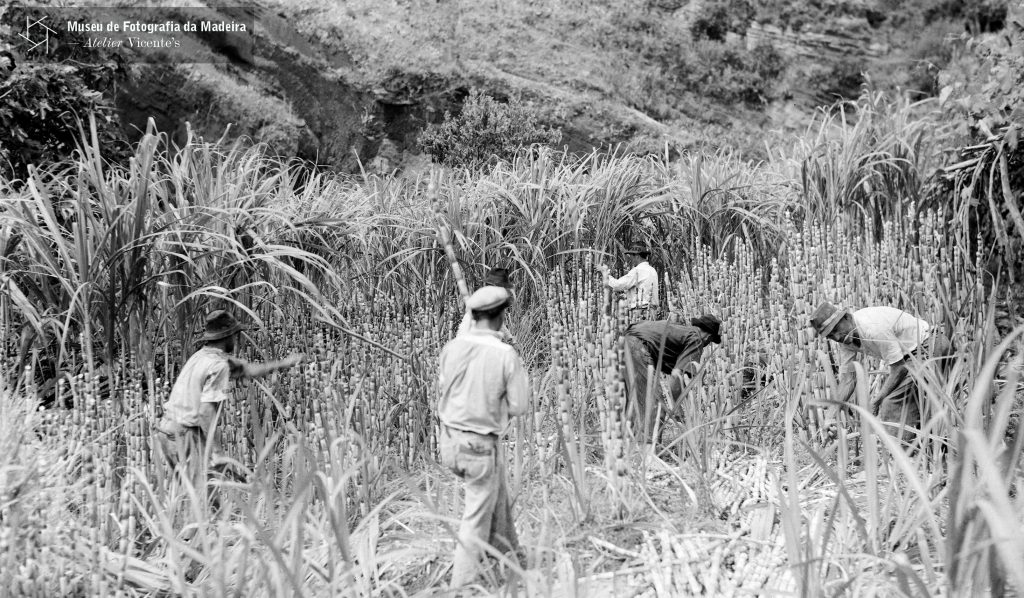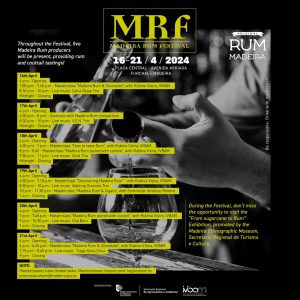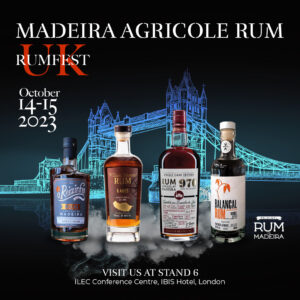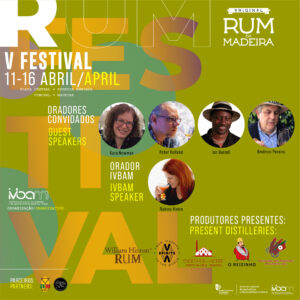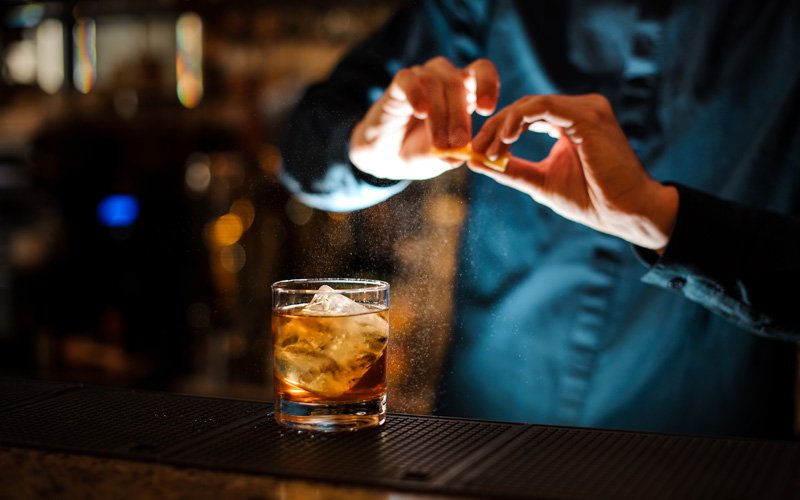The area currently occupied by sugar cane in Madeira is nearly 172 ha. The cane fields and the mills in operation are a tourist attraction and the region’s historical traditions based on this culture remain very much alive.
But this was not always the case. Like everything of value, Madeira Rum has a long history, not always easy, not always predictable, but certainly persevering. Hence this rare spirit, impossible to imitate, that seduces true connoisseurs.
15th Century
1419
Discovery of the Island of Madeira by Portuguese navigators João Gonçalves Zarco, Tristão Vaz Teixeira and Bartolomeu Perestrello.
1425
Start of settlement. The introduction of sugar cane was made through stakes from Sicily.
1466
Due to the edaphoclimatic conditions, sugar became the main produce from Madeira. It was exported to mainland Portugal, the Gulf of Guinea and Africa and also reached the Mediterranean and Northern European markets.
With the abundance of raw materials, the technology – currently used worldwide – to produce and transform sugar cane into sugar, honey, rum and alcohol was born in Madeira during this century.
16th Century
Surplus sugar cane production, soil depletion and the competition from sugar cane from Brazil, led to a crisis.
17th Century
Sugar cane disease. To circumvent the situation and the competition, Madeira invested in the cultivation of other products such as vines, cider apples and other fruits. Sugar cane crushing decreased considerably.
18th Century
The cultivation of vines became the preferred focus, and the space available for cane fields continued to decrease.
19th Century
In the first half of the century, pests in the vineyard created the need to recover other crops. The cultivation of sugar cane then resurfaced and the cane fields were rebuilt with new varieties. However, in the second half of the century a fungus attacked the cane fields, destroying them almost completely.
Then, at the end of the century, the cultivation of sugar cane started to expand again, serving the sugar industry and the manufacture of agricultural rum. The first sugar cane spirit distillation devices appeared on the island.
20th Century
The 1930s
Sugar cane cultivation, which occupied an area of 6500 ha, declined again due to the delimitation of agricultural areas and remained in decline during the second half of the 20th century.
The 1980s
After the closure of a number of industrial units important for the disposal of production, the area of cultivation decreased to about 90 ha. Farmers started to turn to other crops.
21st Century
There has been a resurgence in the production of sugar cane. Given the greater demand for Madeira Rum, there has been technical support for plantations and new incentives for production and manufacturing from the Regional Government. The derivatives have also increased and been championed, thus enabling an entire world of history, heritage and economy typical of this land to be kept alive.

Sugar cane harvesting in the municipality of Funchal | Prior to 1905 (Photo: Joaquim Augusto de Sousa) 
Inside an unidentified sugar cane spirit factory (mill) | Between 1871 and 1905 (Photo: Joaquim Augusto de Sousa) 
Sugar cane harvesting in the parish of Santa Luzia, municipality of Funchal | Prior to 1905 (Photo: Joaquim Augusto de Sousa) 
Sugar cane harvesting in an unidentified location | Prior to 1905 (Photo: Joaquim Augusto de Sousa) 
Sugar cane harvesting in an unidentified location | Prior to 1905 (Photo: Joaquim Augusto de Sousa) 
Factory in Torreão at rua da Princesa (current rua 31 de Janeiro), parish of Santa Luzia (modern-day parish of Imaculado Coração de Maria), municipality of Funchal | Between 1897 and 1905 (Photo: Joaquim Augusto de Sousa) 
Sugar cane harvesting in the area between São Martinho and Câmara de Lobos | 1906 (Photo: Alexander Lamont Henderson) 
Sugar cane harvesting in the parish of Santa Luzia, municipality of Funchal | Prior to 1905 (Photo: Joaquim Augusto de Sousa) 
Inside the sugar cane spirit factory (mill) at Deão bridge, parish of Santa Luzia (modern-day parish of Imaculado Coração de Maria), municipality of Funchal | Prior to 1905 (Photo: Joaquim Augusto de Sousa) 
Sugar cane harvesting in the municipality of Funchal | Prior to 1905 (Photo: Joaquim Augusto de Sousa) 
Sugar cane plantation in an unidentified location, municipality of Funchal | 16/12/1940 (Photo: Photographia Vicente) 
Sugar cane plantation in an unidentified location, municipality of Funchal | 16/12/1940 (Photo: Photographia Vicente) 
Sugar cane plantation in an unidentified location, municipality of Funchal | 16/12/1940 (Photo: Photographia Vicente) 
Sugar cane plantation in an unidentified location, municipality of Funchal | 16/12/1940 (Photo: Photographia Vicente) 
Sugar cane plantation in an unidentified location, municipality of Funchal | 16/12/1940 (Photo: Photographia Vicente) 
Inside the “Torreão Factory”, parish of Santa Luzia, municipality of Funchal | Between 1920 and 1940 (Photo: Perestrellos Photographos) 
Inside a mill | Between 1920 and 1940 (Photo: Perestrellos Photographos) 
Sugar cane harvesting in the parish of São Martinho, municipality of Funchal | 22/04/1955 (Photo: Perestrellos Photographos) 
Sugar cane harvesting in the parish of São Martinho, municipality of Funchal | 19/05/1959 (Photo: Perestrellos Photographos) 
Sugar cane harvesting in the parish of São Martinho, municipality of Funchal | 19/05/1959 (Photo: Perestrellos Photographos) 
Sugar cane grinding rolls of the “Torreão Factory”, parish of Santa Luzia, municipality of Funchal | Between 1920 and 1940 (Photo: Perestrellos Photographos) 
Sugar cane harvesting in the parish of São Martinho, municipality of Funchal | 22/04/1951 (Photo: Perestrellos Photographos) 
Sugar cane plantation in an unidentified location, municipality of Funchal | 16/12/1940 (Photo: Photographia Vicente) 
Sugar cane grinding rolls of the “Torreão Factory”, parish of Santa Luzia, municipality of Funchal | Between 1920 and 1940 (Photo: Perestrellos Photographos) 
Sugar cane harvesting in the parish of São Martinho, municipality of Funchal | 22/04/1951 (Photo: Perestrellos Photographos)
